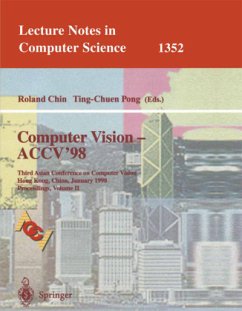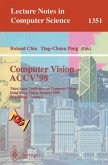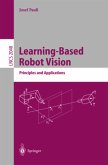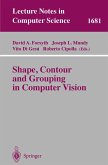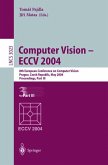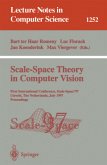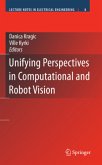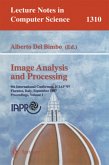Concepts in Aurface Physics presents a tutorial treatment of the main concepts and phenomena of the physics of crystal surfaces. Emphasis is placed on simplified calculations - and the corresponding detailed analytical derivations - that are able to throw light on the most important physical mechanisms. More rigorous techniques, which often require a large amount of computer time, are also explained. The topics treated include thermodynamic and statistical properties of clean nd adsorbate-covered surfaces, atomic structure, vibrational properties, electronic structure, and the theory of physisorption and chemisorption. As well as including some improvements on the original book, this second edition has been supplemented with problems to encourage students to investigate the subject more thoroughly.
These two volumes constitute the refereed proceedings of the Third Asian Conference on Computer Vision, ACCV'98, held in Hong Kong, China, in January 1998. The volumes present together a total of 58 revised full papers and 112 revised posters selected from over 300 submissions. The papers are organized in topical sections on biometry, physics-based vision, color vision, robot vision and navigation, OCR and applications, low-level processing, active vision, face and hand posture recognition, segmentation and grouping, computer vision and virtual reality, motion analysis, and object recognition and modeling.
These two volumes constitute the refereed proceedings of the Third Asian Conference on Computer Vision, ACCV'98, held in Hong Kong, China, in January 1998. The volumes present together a total of 58 revised full papers and 112 revised posters selected from over 300 submissions. The papers are organized in topical sections on biometry, physics-based vision, color vision, robot vision and navigation, OCR and applications, low-level processing, active vision, face and hand posture recognition, segmentation and grouping, computer vision and virtual reality, motion analysis, and object recognition and modeling.

